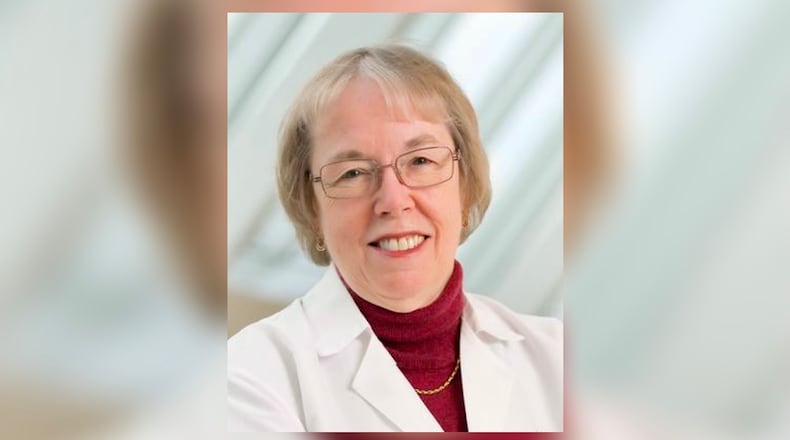In my 25 years as a clinical ethicist, end-of-life questions and dilemmas, like this one, were by far the most common reason for a call. I am old enough to remember when the notion of not starting aggressive interventions such as dialysis or mechanical ventilators was troublesome to many people. Withdrawing treatments that had already been started was downright controversial. Since then, we have come a long way, and patients are better informed of their options. However, we have not fully assured end-of-life rights by providing access to Medical Aid in Dying, even though a 2018 survey shows that 7 in 10 Ohio voters support it.
End of Life Choices
In Ohio, patients who are in the final phase of a terminal illness do have access to the following: hospice and palliative care, voluntarily stopping eating and drinking, and palliative sedation Most readers are familiar with hospice care, which focuses on quality of life when a cure is no longer possible. Hospice is Medicare and private insurance-covered care provided by a team of healthcare professionals with expertise in supporting patients with terminal illnesses. It is provided anywhere the patient lives. Family and loved ones manage care and medications as hospice doctors and nurses recommend.
Palliative care needs to be better understood. It focuses on improving patients’ quality of life when they experience difficult and often severe physical, emotional, or spiritual distress. Palliative care is appropriate for any patient living with a serious or chronic illness — not only for those who are dying or have chosen to forego any further aggressive treatments.
The final two options are less well-known. Any terminally ill person can choose to stop eating and drinking just as they can choose to stop or not start treatments. They must be capable of making informed decisions when they begin this process. Without fluid intake, most adults will die from dehydration within a week or two. This option requires planning, support from family or friends, and a plan of care with healthcare providers. It allows patients to die at home with a sense of self-determination over their life-ending disease.
Lastly, there is a palliative sedation option in an inpatient setting of a hospice facility or hospital. For a person experiencing intolerable suffering, palliative sedation involves the continuous administration of sedating medication through an IV at sufficient doses to cause unconsciousness until the body shuts down. It is not a common practice, and some people prefer to remain awake and lucid through the end of their lives.
Medical Aid in Dying
George did not have the option of Medical Aid in Dying then, and Ohioans still don’t have it now. Medical Aid in Dying (MAID) is not currently legal in Ohio. However, Americans in ten states and Washington D.C. have access. MAID is a voluntary, patient-directed option that allows a terminally ill adult with decision-making capacity to request medication from a provider to die peacefully. Only the patient may request it, decide if and when to take it, and choose who is with them during their final moments. These laws include robust safeguards with a multi-step patient eligibility process to guarantee informed consent. In Oregon, whose law was enacted in 1997, 91% were also receiving hospice care when they chose MAID.
Patients like George want to live, but their terminal disease or condition is ending their lives. We have wonderful organizations and healthcare professionals in Ohio providing comprehensive end-of-life care, including symptom management and support for patients and their loved ones. But it is time to empower choice for dying Ohioans and provide access to all options, including Medical Aid in Dying.
Dr. Barbara Daly is a Professor Emerita at Case Western Reserve University, France Payne Bolton School of Nursing and a board member of Ohio End of Life Options.
About the Author
